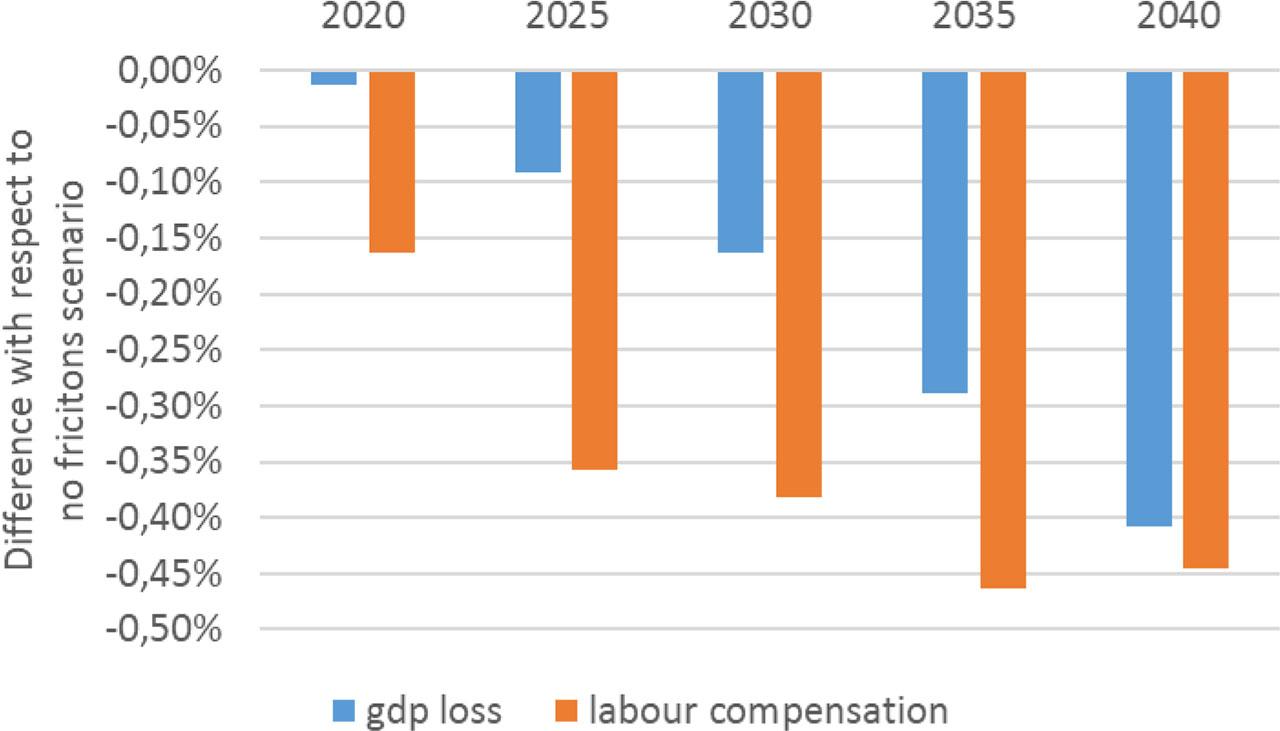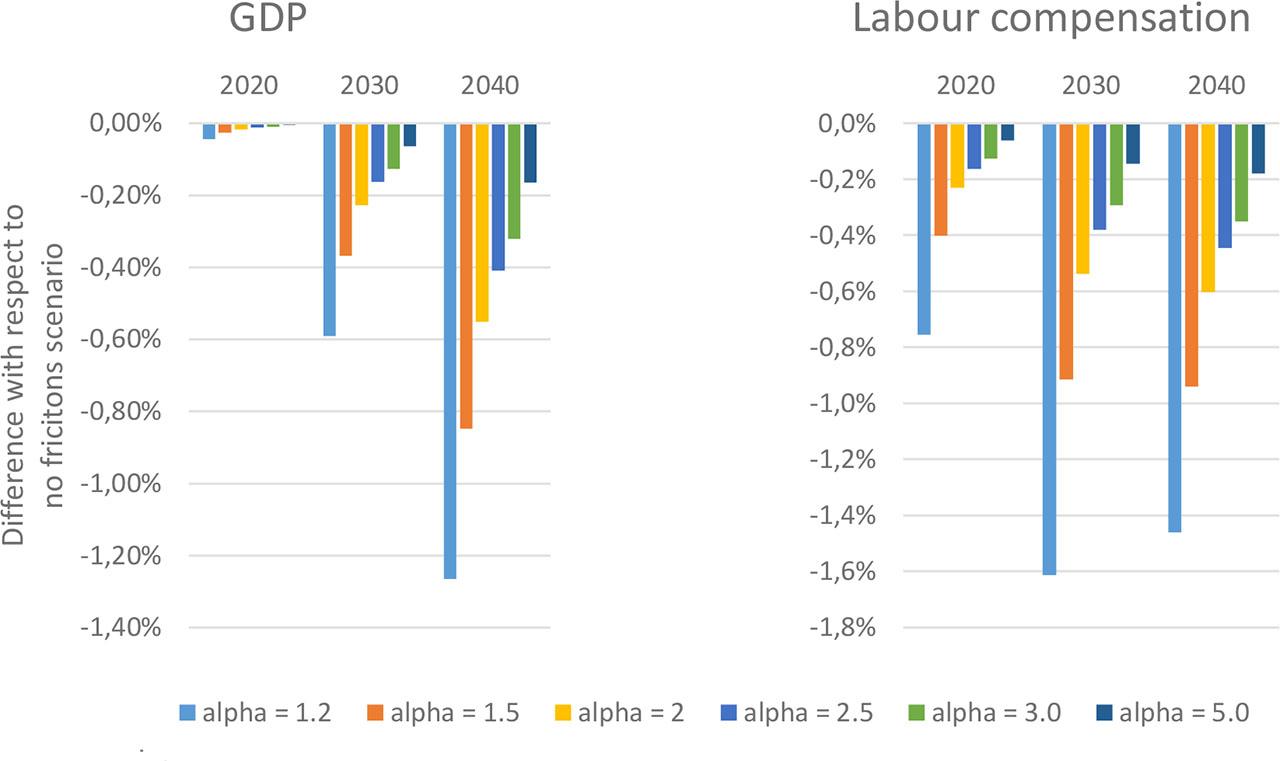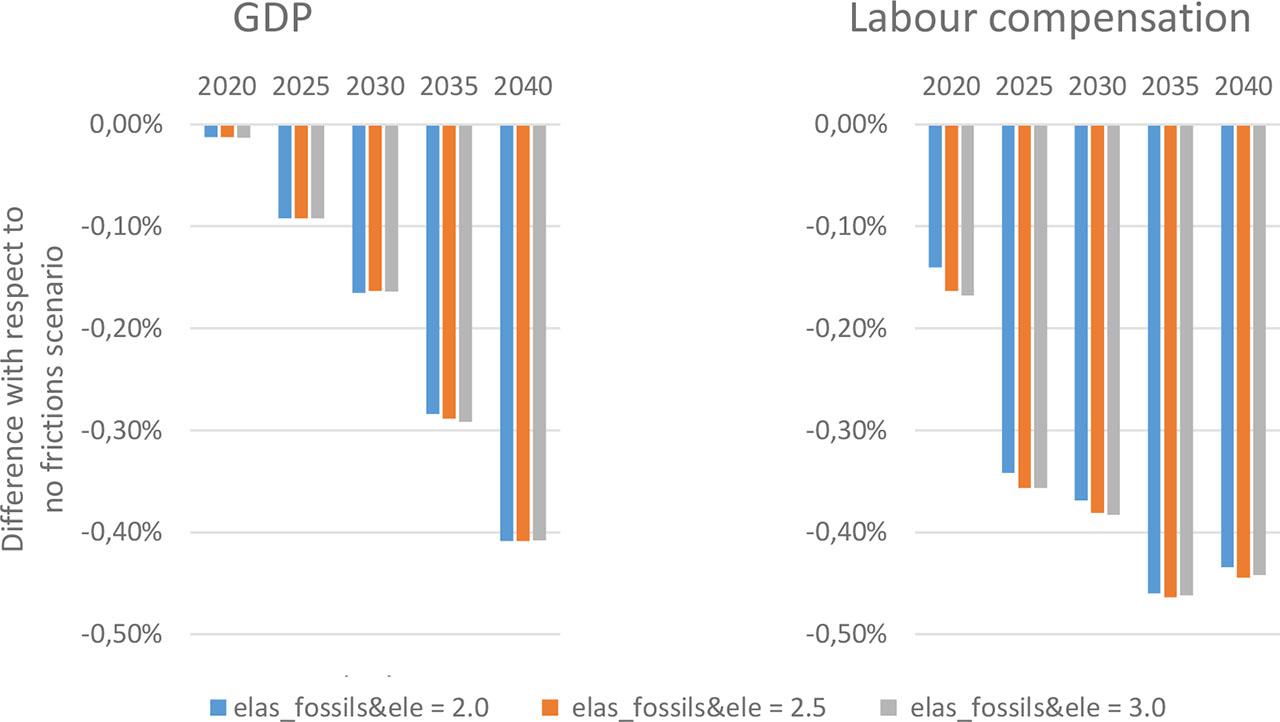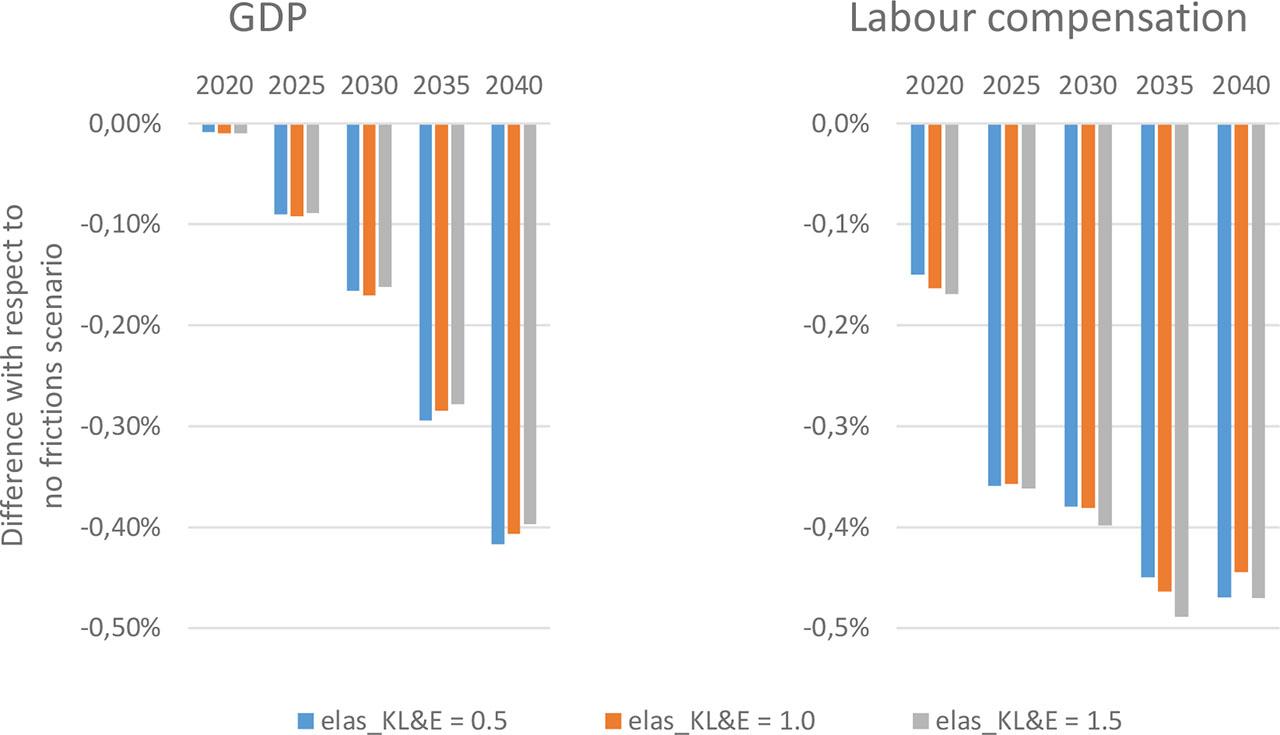Figure 1.

Figure 2.

Figure 3.

Figure 4.

Figure 5.






© 2025 Jan Witajewski-Baltvilks, Jakub Boratyński, Robert Jeszke, Maciej Pyrka, published by Faculty of Economic Sciences, University of Warsaw
This work is licensed under the Creative Commons Attribution 4.0 License.